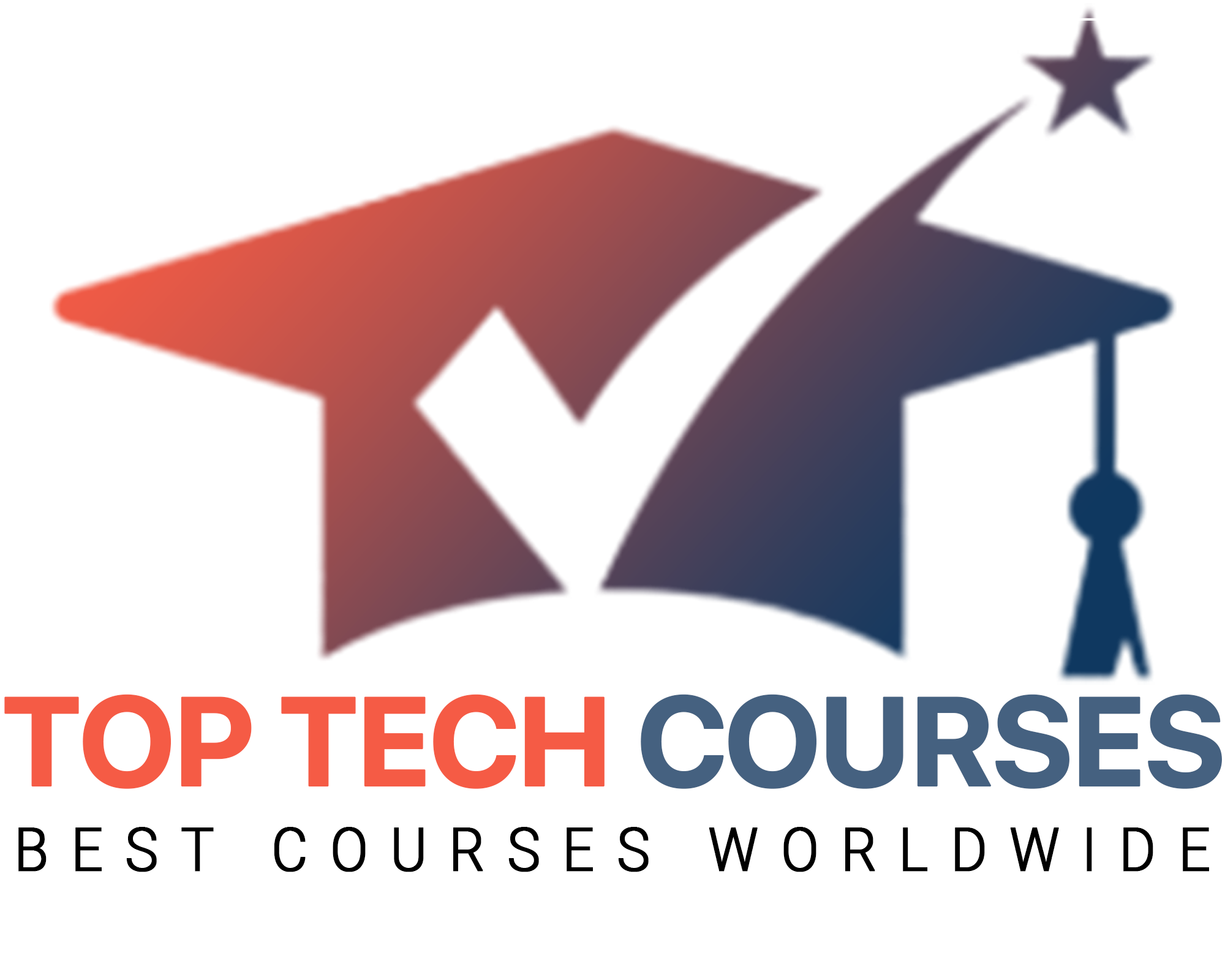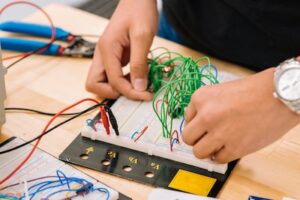
Dr. Michelles Guide to Flexible Learning for Uninterrupted Growth
In the era of perpetual progress and shifting landscapes, the pursuit of knowledge has become more dynamic than ever before. Uninterrupted growth through flexible learning has emerged as the key to adaptability and success in an ever-evolving world.
Our Guide to Flexible Learning for Uninterrupted Growth takes you on a riveting journey through the unchartered territories of educational possibilities. With a mesmerizing blend of innovation and expertise, we enlighten you on the power of embracing flexibility in your quest for knowledge.
From personalized learning pathways that cater to individual needs, to virtual classrooms that transcend geographical boundaries, this guide unravels the secrets to unlocking a limitless array of educational opportunities. As we deftly navigate through the uncharted territories of e-learning, we reveal the transformative potential of embracing change in an era marked by uncertainty.
Through our captivating storytelling and insightful analysis, we invite you to reimagine education, challenging traditional norms and embracing the chaotic beauty of perpetual learning. Whether you are a curious student, a dedicated educator, or a lifelong learner, this article is your gateway to a world brimming with endless possibilities.
So, buckle up, as we embark on a rollercoaster ride through the diverse realms of flexible learning, and unravel the mysteries that lie within.
Table of Contents
Understanding the Benefits of Flexible Learning
Flexible learning allows students to choose when, where, and how they learn. This freedom helps them balance their personal and professional commitments while continuing to grow academically. This approach has many benefits, including better time management, increased self-discipline, and the chance to develop vital skills such as adaptability and self-motivation.
By using effective strategies and overcoming challenges in a flexible learning environment, individuals can achieve continuous growth and stay ahead in today’s fast-paced world.
Implementing Strategies for Continuous Skill Development
As technology advances and industries change, honing our skills is crucial to remaining relevant. Continuous learning is essential for professional growth and adapting to new challenges. Embracing a growth mindset and actively seeking out opportunities to learn and improve are important.
Investing in our own development and taking advantage of training programs, online courses, and workshops can expand our knowledge and expertise, making us valuable assets to employers. Incorporating continuous skill development into our lives benefits our careers and enhances personal growth and satisfaction. Acquiring new skills and knowledge expands our horizons and opens doors to exciting opportunities.
Developing a growth mindset allows us to embrace challenges and view failures as learning opportunities. It encourages us to step out of our comfort zones, take calculated risks, and push ourselves beyond our limits. Continuous learning is a lifelong journey that requires dedication and perseverance. Committing to ongoing skill development helps unlock our full potential, achieve personal fulfillment, and thrive in an ever-changing world.
Valuable resources and information on continuous skill development can be found on the Association for Talent Development’s learning technologies page.
Overcoming Challenges in a Flexible Learning Environment
Managing time effectively is a common obstacle in a flexible learning environment. Learners may struggle to establish a routine and stay disciplined when they can choose their own study hours. Overcoming this challenge involves developing time management skills, setting achievable goals, and creating a structured schedule. Additionally, studying alone or dealing with unforeseen distractions can make it difficult to stay motivated. To combat this, learners can build a support network, connect with fellow learners through online forums or study groups, and seek guidance from mentors or instructors.
Another challenge in a flexible learning setting is the potential for limited interaction with instructors and peers. Without face-to-face interactions, learners may miss out on valuable discussions, feedback, and collaborative learning experiences. However, this gap can be bridged by leveraging available communication tools like video conferences, discussion boards, and virtual classrooms.
Actively participating in online discussions, seeking clarification when needed, and fostering virtual relationships can help create a sense of community and overcome the lack of direct interaction. Embracing self-responsibility and being proactive about seeking support and feedback are crucial for making the most of the flexible learning experience.
TopTechCourses: Your Gateway to Enhancing Technology and Programming Skills
Looking to enhance your skills in technology and programming? Look no further than TopTechCourses, the online marketplace offering over 10,000 courses in Spanish. Unleash your potential with hands-on training in web development, data science, artificial intelligence, cybersecurity, and more.
Expertly crafted by industry professionals, these courses cater to learners of all levels. And guess what? Upon completion, you’ll receive an industry-recognized certificate, validating your knowledge and propelling your career forward.
Embrace this opportunity with TopTechCourses and unlock your true potential in the ever-evolving world of technology. Get started today!
Frequently Asked Questions
Flexible learning refers to an educational approach that allows students to have control over the time, place, path, and pace of their learning. It offers options for customization and accommodates different student needs and preferences.
Flexible learning is crucial because it enables students to have a personalized learning experience, which enhances engagement and motivation. It also promotes independent learning and helps develop essential skills such as self-management, problem-solving, and time management.
Flexible learning can benefit students of all ages, from elementary school to higher education and even professional development. It is particularly advantageous for individuals with special learning needs, students with busy schedules or part-time jobs, and those seeking to pursue education while balancing other commitments.
Common strategies of flexible learning include online courses or distance learning, blended learning (combination of online and in-person instruction), self-paced learning modules, project-based learning, and individualized learning plans.
Teachers can implement flexible learning by incorporating technology into their instruction, providing a variety of learning resources, allowing students to set their own learning goals, offering choices in assignments or assessments, and fostering a collaborative and supportive learning environment.
Some potential challenges of flexible learning include maintaining student engagement and motivation, ensuring access to necessary technology and resources, promoting effective communication and collaboration among students, and providing adequate support and guidance for individual student needs.
Parents can support flexible learning by creating a conducive learning environment at home, helping students establish and follow a consistent study schedule, providing necessary technology and resources, communicating regularly with teachers to stay informed, and offering encouragement and support.
Last words
Flexible learning has become a vital pathway for individuals seeking constant growth in our rapidly transforming world. Embracing the chaos of change, this revolutionary approach to education allows individuals to curate their own learning journeys.
From online courses to micro-credentials, educational institutions are expanding their repertoire to adapt to the ever-evolving needs of learners. With a cacophony of options available, learners can personalize their educational experiences, exploring diverse subjects and skills at their own pace.
The realm of possibilities is vast, granting a platform for widespread knowledge diffusion and self-improvement. In this era of uncertainty, flexible learning stands as a beacon of hope, providing the tools necessary for perpetual growth and success.





